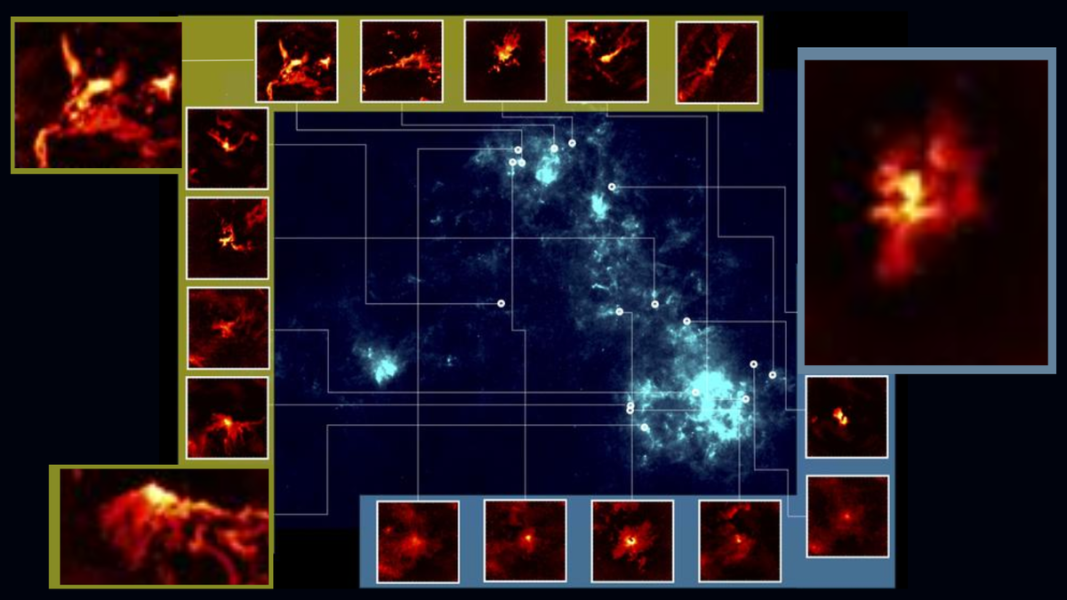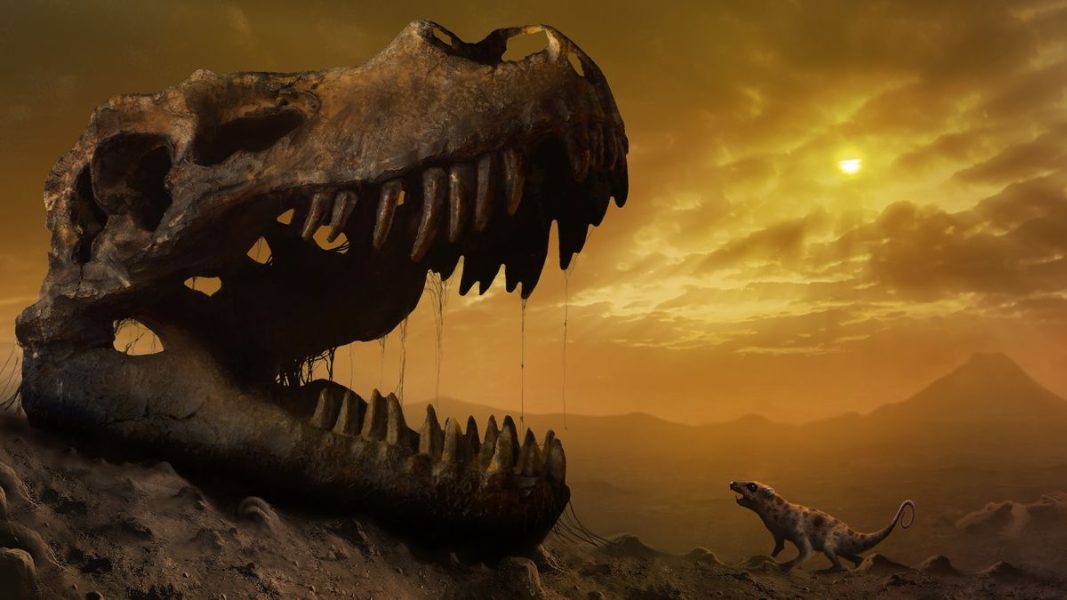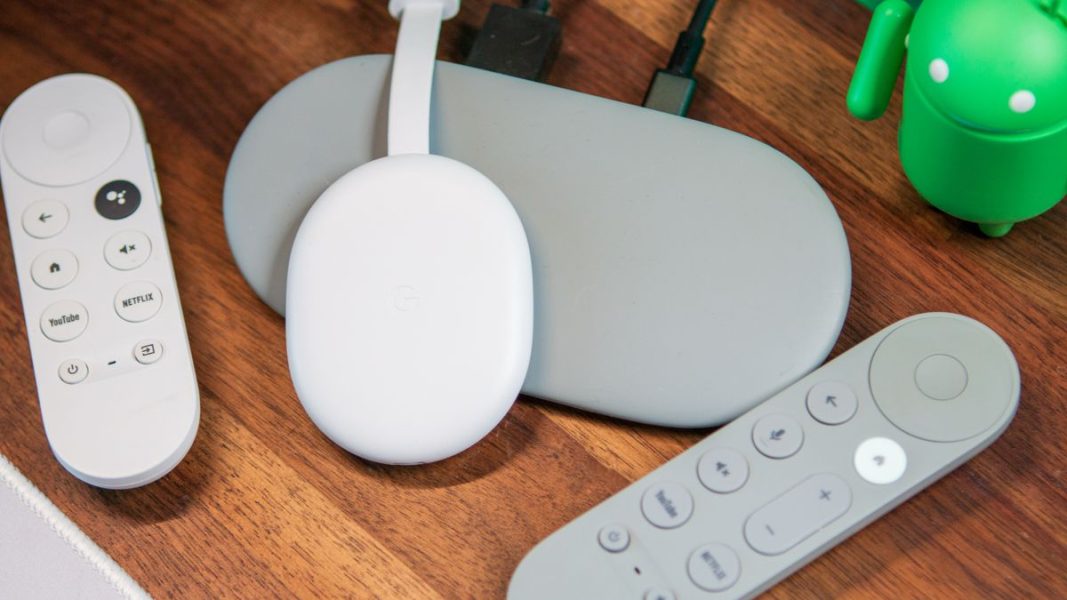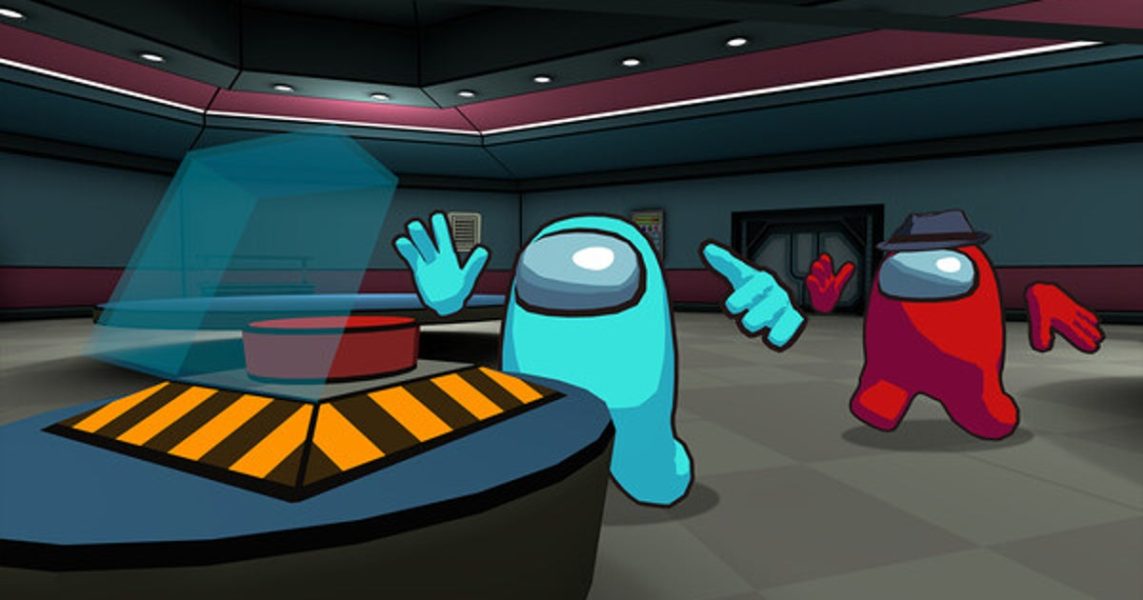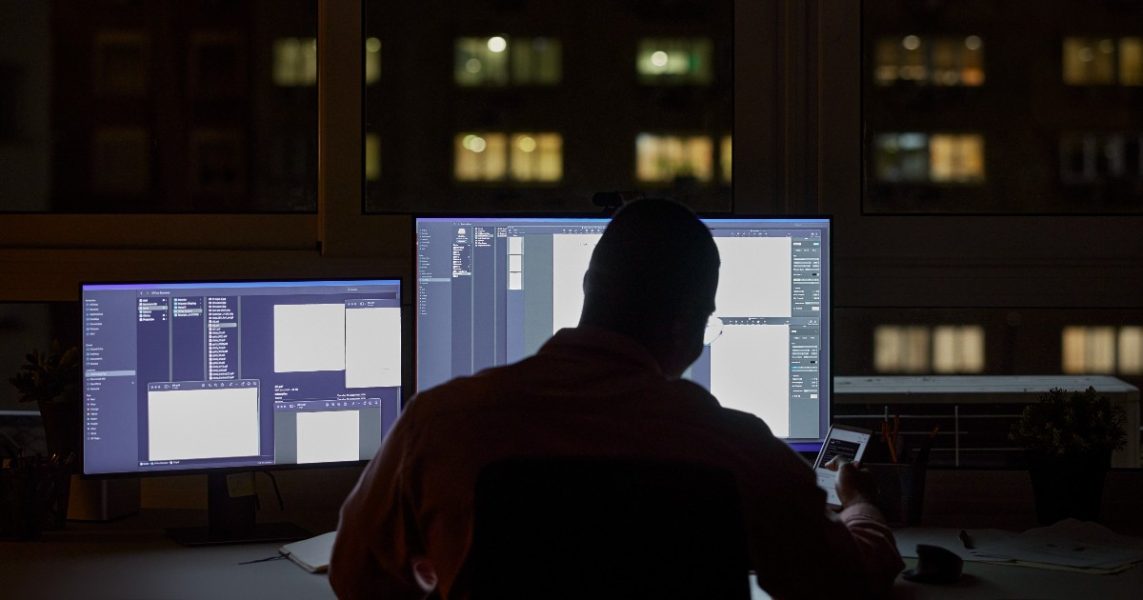Los Alamos boffins slap blinkers on satellites so we know who to blame in a crash – The Register
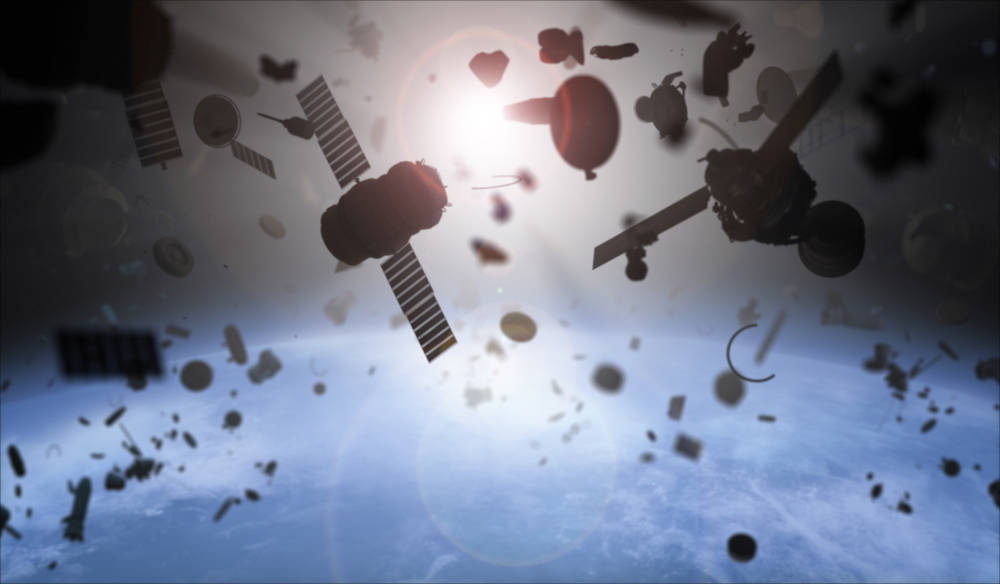
Scientists at the Los Alamos National Laboratory (LANL) have come up with a cheap and simple way for satellites to be identified from the ground using lights to blink out an ID code.The LANL boffins say that Earth orbit is becoming increasingly crowded, and it is vital to avoid collisions. However, even if tracking services can spot a problem, they have to know who the owner of a particular satellite is in order to warn them to take action.One answer is a new technology called Extremely Low Resource Optical Identifier, or ELROI*, developed at the New Mexico lab. It is simply a small light that can be attached to anything that goes into space, which then blinks out a “license plate number” code that uniquely identifies the object it is attached to.The device is said to be low-power, only emitting as much light as an LED, but LANL claims that it makes use of “a series of novel algorithms” that allow its light to be detected with a small telescope from a thousand kilometers (about 600 miles) away.Power can be supplied by a small solar cell and sustained by a rechargeable battery a few millimeters thick, allowing the device to be shrunk down to the size of a thick postage stamp so it could be attached to the side of a satellite and left to operate independently.”ELROI is cheap, tiny, self-sufficient, and easy to attach to anything that goes into space,” said Los Alamos scientist and ELROI project lead David Palmer.The device was tested on two launches in 2024, and LANL boffins successfully identified satellites before the operator was able to, Palmer claims.”For the second launch there were eight objects in space, but nobody knew which was which. I looked at all eight as they passed over our telescope, and within 48 hours, I had the data that identified the ELROI-carrying satellite,” he said.LANL isn’t the first to point out that orbital space around the Earth is becoming (relatively) crowded thanks to an increasing number of satellite launches, defunct space hardware, and debris from rockets and collisions.Starlink is responsible for a large number of those satellites; 6,994 as of January this year, to be precise, of which 6,957 are working. But others are joining the Musk-led corporation in filling space with orbiting hardware, such as Amazon’s Project Kuiper.”With all these objects flying around at more than 17,000 miles per hour, it is vital to avoid collisions,” Palmer said. “When two space objects collide, they can release thousands of fragments, each of which might hit other objects, causing a chain reaction that could fill orbital space with debris and destroy the satellite systems we rely on.”Organizations such as the US Space Force operate telescopes and radar to watch the skies, and will contact satellite operators if there is the danger of a collision. But observed via a telescope or radar, an orbital platform is just a dot of light or a blip on the screen, with no way of identifying it.However, low Earth orbit satellites are known to cause issues for astronomers because of light pollution, which can ruin time-lapse captures of the night sky as they appear as bright trails crossing the field of view. It is to be hoped that ELROI doesn’t help solve one satellite problem, only to make another worse. ®*El Roi is apparently also a Hebrew phrase meaning “the God who sees me.”Send us newsThe Register Biting the hand that feeds IT
Copyright. All rights reserved © 1998–2025
